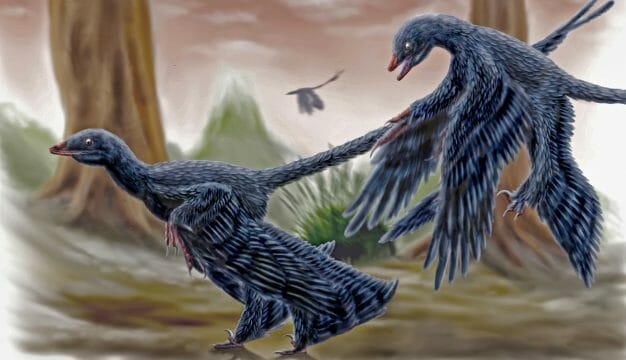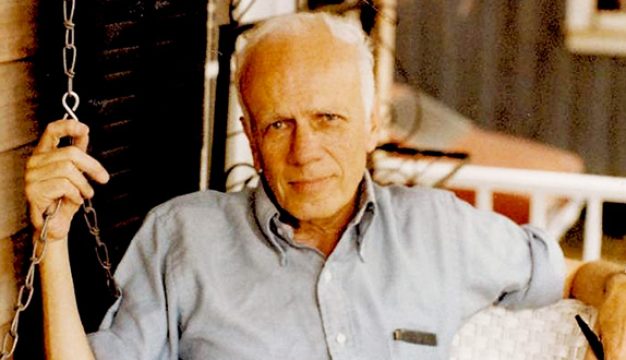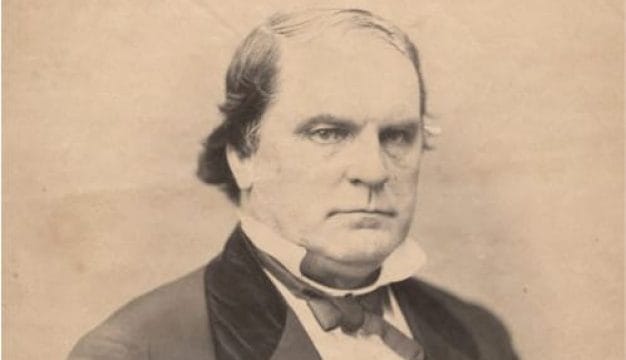Oakville Indian Mounds Education Center
 Oakville Indian Mounds
The Oakville Indian Mounds Education Center is a historical museum and education center that was established to preserve and interpret the Native American mound complex located in Danville, Lawrence County, near the town of Oakville. The park and the museum house and preserve artifacts that date back as far as the Paleoindian Period, some 12,000 years before the present, and also preserves ancient geological evidence of settlement in the region. The park encompasses approximately 83 acres and features a museum, fishing pond, picnic shelters, walking paths, and other amenities.
Oakville Indian Mounds
The Oakville Indian Mounds Education Center is a historical museum and education center that was established to preserve and interpret the Native American mound complex located in Danville, Lawrence County, near the town of Oakville. The park and the museum house and preserve artifacts that date back as far as the Paleoindian Period, some 12,000 years before the present, and also preserves ancient geological evidence of settlement in the region. The park encompasses approximately 83 acres and features a museum, fishing pond, picnic shelters, walking paths, and other amenities.
The complex was established in 1991 through a partnership between the Lawrence County Commission, the local Indian Youth Leadership Project, and the Alabama Indian Affairs Commission. Land was purchased with the aid of grant funds from the Appalachian Regional Commission facilitated by Rep. Tom Bevill. In the ensuing years, more land was acquired, the museum was constructed, and historical markers were erected. The project was coordinated with the Lawrence County Schools Indian Educational Program, which was established in 1986 to educate students from pre-school to high school about local Native American history and culture. The county has one of the largest Native American populations in the state.
 Oakville Indian Mounds Museum
The museum was designed and constructed in a manner similar to the Cherokee capitol at the village of Chota in Tennessee and a council house at Cowee in North Carolina described by naturalist and explorer William Bartram. The building features seven sides to represent the number sacred to the Cherokees, as they had seven clans, or family units, as well as the seven directions: North, East, South, West, up, down, and center, or the location of the individual. The centerpiece of the museum is the Sequoyah statue by local artisan David Goodlett. It stands 12 feet tall and is carved from the trunk of a white oak and took Goodlett nearly two years to complete. Goodlett is known for his American Indian-themed art and educational woodcarving programs. The facility also exhibits numerous artifacts, including a large collection of stone tools and projectile points, some dating to the Paleoindian period.
Oakville Indian Mounds Museum
The museum was designed and constructed in a manner similar to the Cherokee capitol at the village of Chota in Tennessee and a council house at Cowee in North Carolina described by naturalist and explorer William Bartram. The building features seven sides to represent the number sacred to the Cherokees, as they had seven clans, or family units, as well as the seven directions: North, East, South, West, up, down, and center, or the location of the individual. The centerpiece of the museum is the Sequoyah statue by local artisan David Goodlett. It stands 12 feet tall and is carved from the trunk of a white oak and took Goodlett nearly two years to complete. Goodlett is known for his American Indian-themed art and educational woodcarving programs. The facility also exhibits numerous artifacts, including a large collection of stone tools and projectile points, some dating to the Paleoindian period.
Archaeologists from the Smithsonian Institution identified several mounds in the area in 1924 while working on a pre-impoundment survey for the Wilson Dam and Reservoir. The archaeologists recognized the significance of the complex while the mounds were being plowed down; only two would be saved. The mounds are believed to have been built by the people from the Copena Mortuary Complex, so named for their use of copper and galena in the production of tools and ornaments, which they traded along with conch shells, marbles, and greenstone.
The largest mound is the Oakville Ceremonial Woodland Mound, which encompasses approximately 1.5 acres and stands almost 27 feet high. This mound is believed to have been the cultural center of a religious and civic complex used during the Woodland period in northern Alabama. Farms and villages surrounded the mound, and it was built gradually between 1,000 BC and 1,000 AD, with stone spades to dig the soil and baskets to transfer the dirt. The mound covers a quarter of an acre and stands almost 20 feet high. Atop the Copena Mound is the Old Settlers Cemetery, with graves of Native Americans, European settlers, and descendants of mixed ancestry.
 Archaic Projectile Points
Near the mound is the Black Warriors' Path, later called the Mitchell Trace, a major trading route for Native Americans in the area. The path connected the Tennessee River and the Chattahoochee River at Fort Mitchell, Russell County, with crossings at the Elk River Shoals in Lauderdale County. It was later used for during the forced removal of the Creek Indians from Alabama in the 1830s.
Archaic Projectile Points
Near the mound is the Black Warriors' Path, later called the Mitchell Trace, a major trading route for Native Americans in the area. The path connected the Tennessee River and the Chattahoochee River at Fort Mitchell, Russell County, with crossings at the Elk River Shoals in Lauderdale County. It was later used for during the forced removal of the Creek Indians from Alabama in the 1830s.
The museum holds multicultural events such as the Lawrence County Indian Festival and Green Corn Run, a 5K and 1-mile run that raise funds for the Oakville Indian Mounds. The park often hosts fieldtrips. Fishing is permitted at the Oakville Pond during museum hours. The pond was created from the "borrow pit," the large depression left from when the mounds were made.
The museum and complex are open Monday through Friday from 8:00 a.m. until 4:00 p.m. and Saturday from 10:00 a.m. to 4:00 p.m. It is closed on Sunday and on all major holidays. Admission is free, but donations are appreciated. Group tours can be scheduled in advance and cost $2 a person. Nearby is the Jesse Owens Memorial Park that honors the Oakville native.



